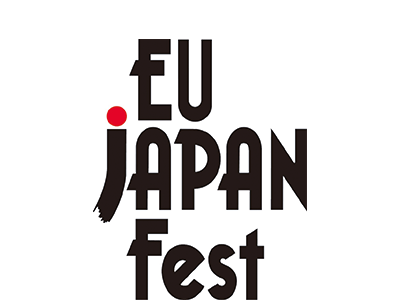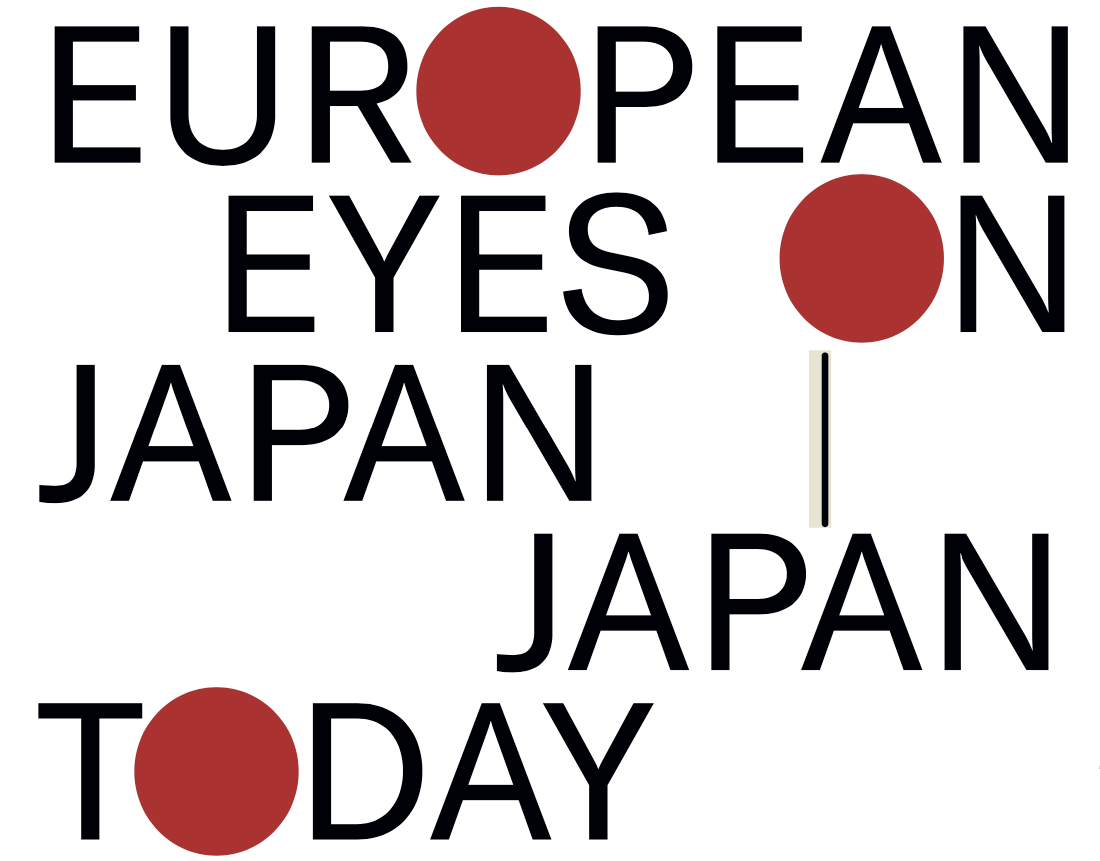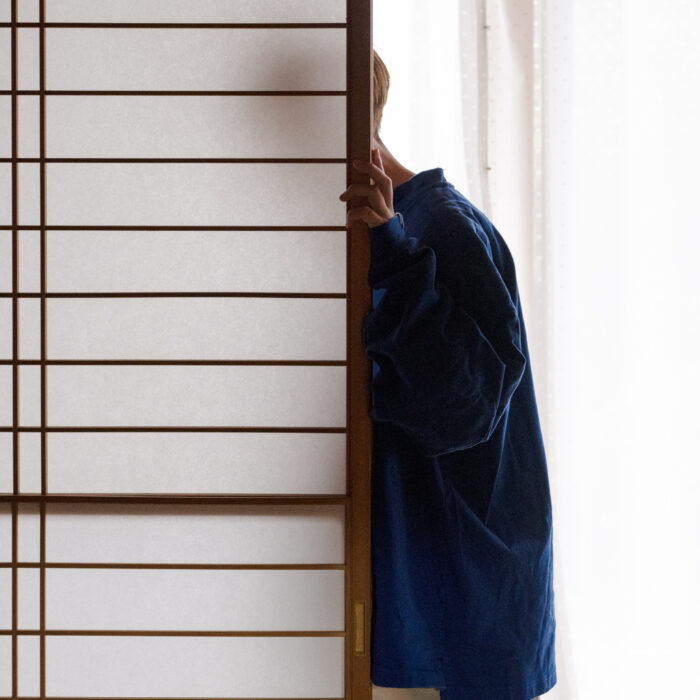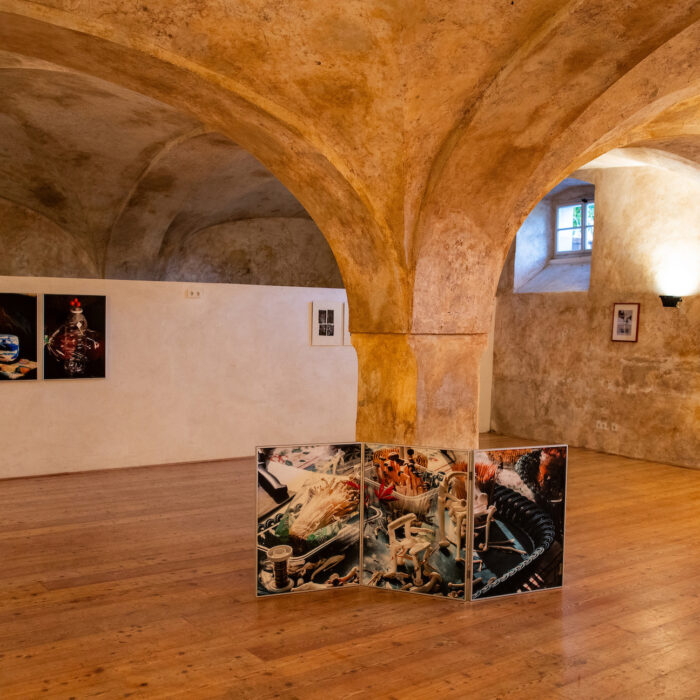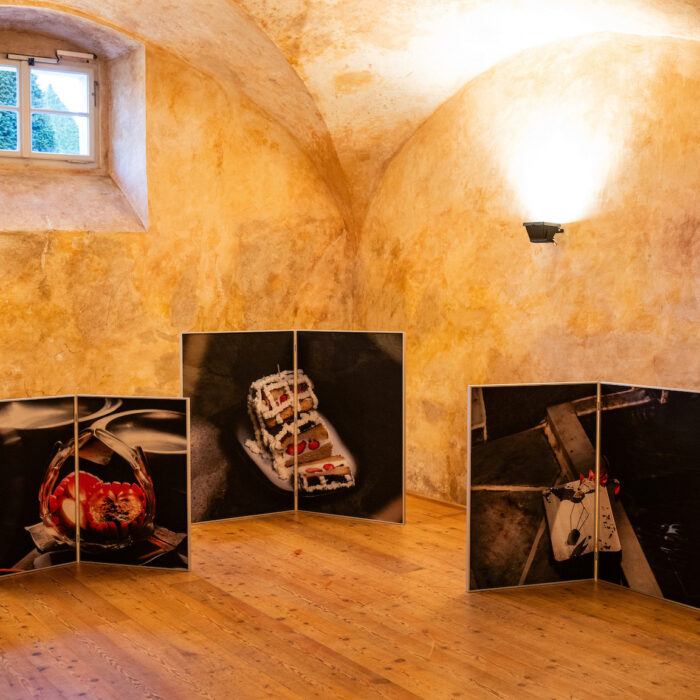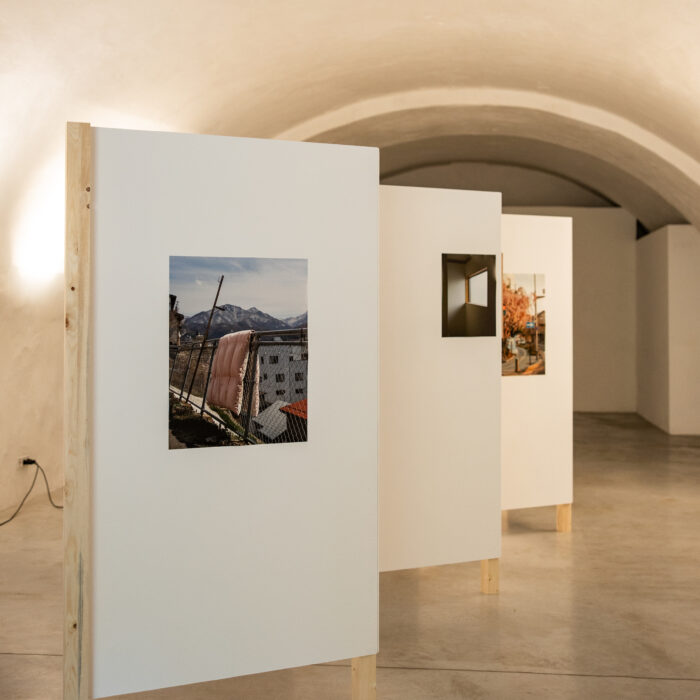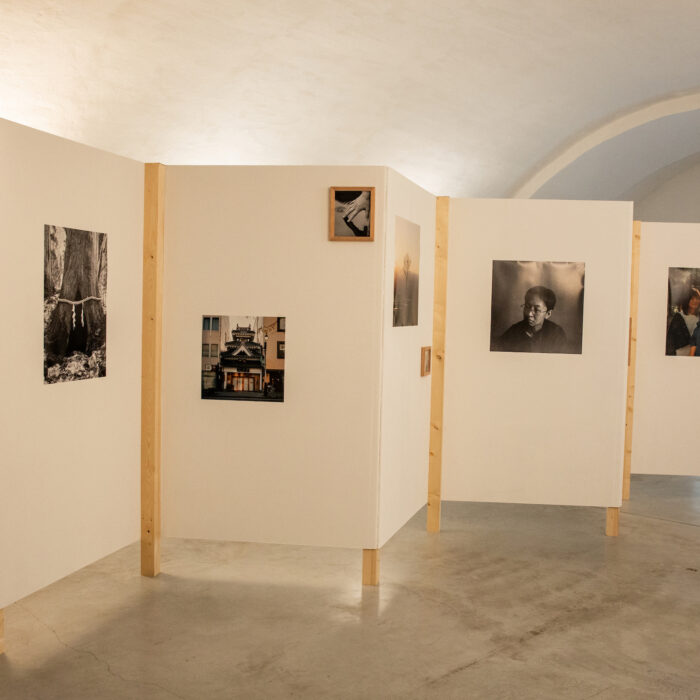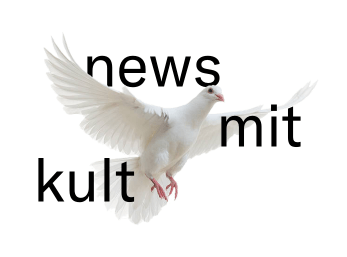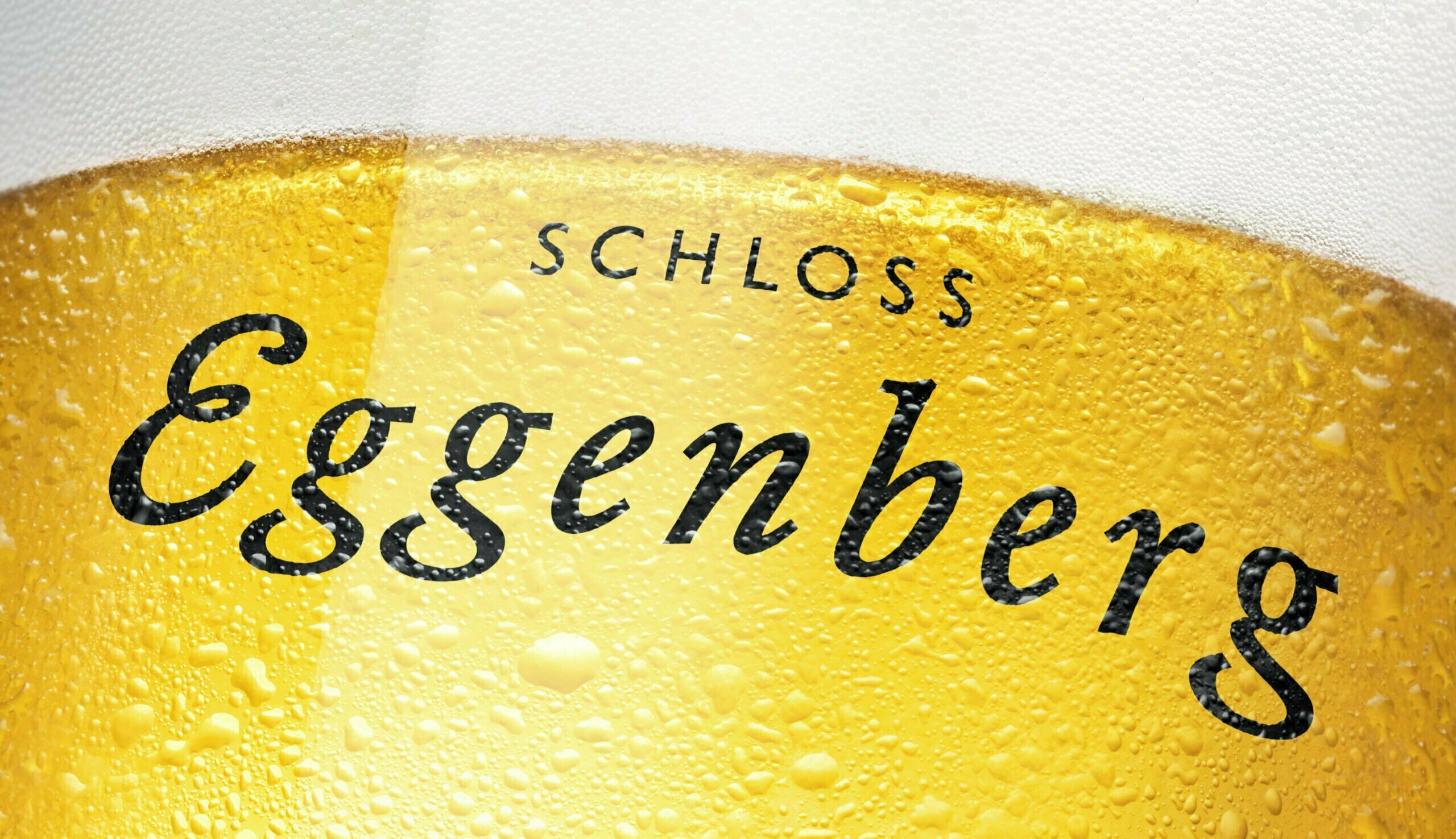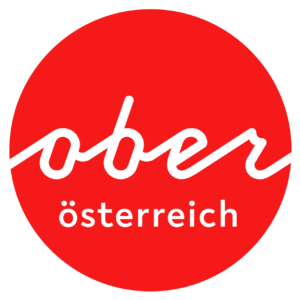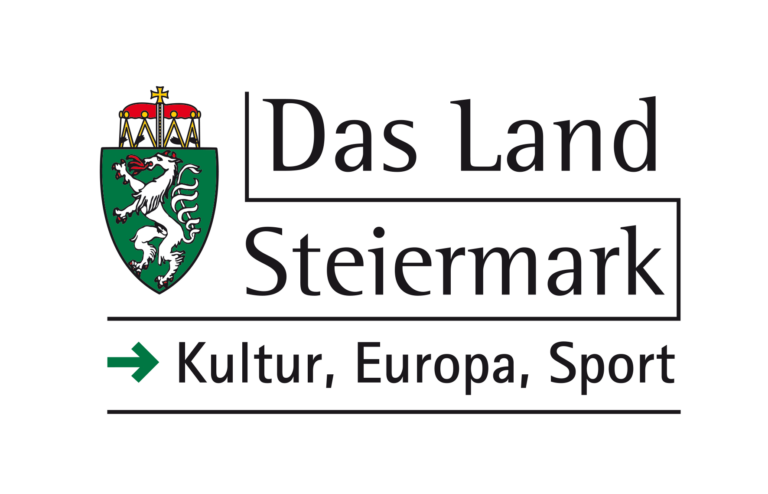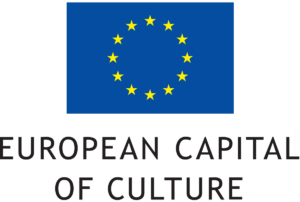The residency project “European Eyes on Japan | Japan Today,” initiated in 1999, invites photographers working in Europe to Japan to capture images from different prefectures under the theme “Japanese people and their life today” for posterity. The project aims to present aspects of everyday life to the Japanese people that they might often overlook. The insights into Japan, captured from the unique perspective of European photographers, differ greatly from those conveyed through mass media or stereotypical images. To date, 60 photographers have worked across 40 of Japan’s prefectures.

By loading the video, you agree to YouTube’s privacy policy.
Learn more
The project is conducted annually with the goal of eventually photographing all 47 prefectures. Organized by the NGO EU-Japan Fest Japan Committee, it seeks to promote Japanese art and culture in Europe and foster intercultural exchange. The photographs taken each year across various locations in Japan are published the following year in European Eyes on Japan | Japan Today and exhibited in Japanese cities as well as in the European Capitals of Culture.
For the 24th edition of European Eyes on Japan | Japan Today, Austrian photographer Susanna Hofer and Norwegian photographer Aurora Haaland Stenersen photographed in Nagano Prefecture on Japan’s main island.
Susanna Hofer created photographic works featuring self-made objects crafted from everyday materials. The sometimes humorous and charming appearance of these objects is striking, yet her works contain complex references that explore art history and photography, such as Surrealism, snapshots, and Straight Photography.
“I was curious to see how Susanna Hofer’s method—which gently questions the original function of materials and our preconceived notions about them—would develop in Nagano, a culture entirely different from Europe. Thanks to the support of Ms. Kamisawa, who runs a contemporary art gallery in Chikuma City, the photographer was able to connect with artists living in Nagano and experience their traditional culture, such as the Shimenawa technique. Susanna Hofer’s works capture the Japanese view of nature, as seen in bonsai, ikebana, and daily life, and contrast it with the natural landscape of Nagano, with its steep mountains and vast forests.”
Mikiko Kikuta, Curator of European Eyes on Japan | Japan Today
Aurora Haaland Stenersen’s photographic work stands out for its treatment of light. It is not “light” that reveals something in daylight but rather a “soft light” that illuminates Nagano’s trees, mountains, and inhabitants, sometimes revealing them and at other times letting them fade into obscurity. Like this light, the photographer doesn’t assert Queerness loudly but seems to coexist with a diversity that cannot be captured in a single term. Through various contacts, Mikiko Kikuta reached out to LGBTQIA+ individuals in Nagano to ask if they would be willing to participate in Aurora Haaland Stenersen’s photography project. The photographer’s persistence and genuine approach helped engage local participants in the project, as Japanese society still often feels discomfort addressing LGBTQIA+ issues.
“Aurora Stenersen was the youngest of the shortlisted photographers, but I felt that her photos have a distinctly defined visual language. This is largely due to her clear vision of what she wants to express through her photos. She chose to explore the visibility of Queerness in rural areas, a theme she had previously focused on in Nagano.”
Mikiko Kikuta, Curator of European Eyes on Japan | Japan Today
The exhibition was initially shown in European capitals and later in Japan. The photographic works, developed as part of the residencies, reflect thematic and processual diversity and were showcased in European Eyes on Japan | Japan Today, curated by Mikiko Kikuta, at the exhibition space in the Eggenberg Castle Brewery. After completing the exhibition circuit, the works will be donated to the prefectures where they were captured and to Higashikawa in Hokkaido (home to the Higashikawa International Photography Festival) to become part of the cultural heritage for future generations.

